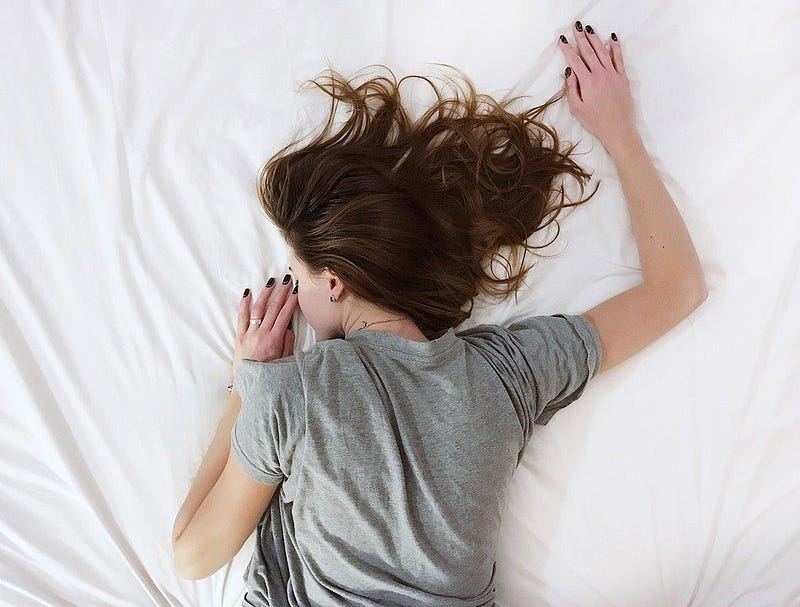Your Internal Clock
By Victoria Miller-Browne, Biology, 2020

This article was originally posted as part of Issue 35: Motion.
According to researchers Aminoff et al. (2011) on average, we spend about one-third of our lives sleeping or attempting to do so. Despite the fact that sleep itself makes up a large percentage of our life, there is not a concrete reason as to why we sleep. It may be for memory consolidation or energy conservation, but what is notable is that it is a highly conserved behavior among species, demonstrating evolutionary significance.
A human’s biological clock, or circadian rhythm, circulates 24 hours periodically, and is dependent on a combination of both light and temperature cues from the environment, or what is called “photoentrainment.” This concept of photoentrainment is an incredibly important aspect to the survival of our species. As light enters the retina, it is transduced by retinal ganglion cells and is then projected to the Suprachiasmatic Nucleus (SCN) of the Hypothalamus, the “master clock” of the body. The SCN acts as a catalyst for the body to release hormones that promote both sleep and wakefulness like melatonin and acetylcholine subsequently. The absence of photoentrainment, known as “free running,” could lead to increased weight loss, stress, mood changes, and in serious cases, insomnia and disordered sleep patterns.
According to a study by Pitcher et al. (1997) analyzing the relationship between sleep quality and health in college students, poor sleep quality correlated with increased feelings of anxiety, depression, negative affect, and dissatisfaction in life.
At a molecular level, within the neurons of the SCN, our circadian rhythms are controlled by the proteins CLOCK (CLK) and CYCLE (CYC), and the genes PER and CRY. Clock and cycle form a dimer complex and bind to DNA, which act as transcription factors “turning on” and transcribing the genes per and cry. Following transcription, per and cry bind together and, via negative feedback, inhibit the actions of clock and cycle. Overtime, per and cry break down and release clock and cycle from inhibition, prompting this entire negative feedback loop to start over again. This mechanism, combined with photoentrainment, affects the transmission activity of SCN neurons so that the activity is higher during the day and lower at night.
As college students, we often forgo sleep in order to study, socialize, party, etc., but a lack of sleep can be more detrimental than one thought. According to a study by Pitcher et al. (1997) analyzing the relationship between sleep quality and health in college students, poor sleep quality correlated with increased feelings of anxiety, depression, negative affect, and dissatisfaction in life. When thinking of ways to resolve this dilemma, many studies suggested that developing time management strategies is viable solution. What is important to remember is good, quality sleep is crucial to maintaining both physical and mental health as well as the overall functioning of the circadian rhythm. Hopefully with thought practices such as time management and prioritizing, we all will be able to get a little more shuteye.
